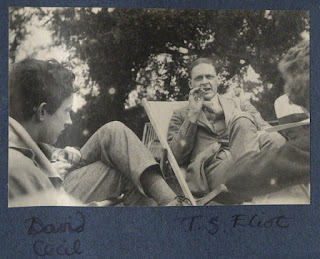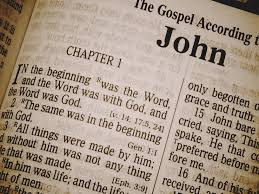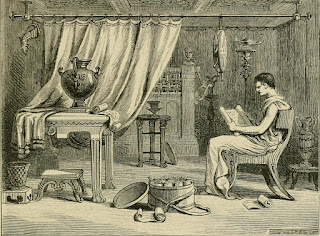Wikipedia Trail: From Carl Hiaasen to the Insolvency Act of 1986

Miami Herald. Link . After reading the AdviceToWriters interview page, I was interested in the biography of Carl Hiaasen . I started reading his Wikipedia page, and discovered that he started his career in journalism. This was a pretty significant shift in my opinion of him as an author. What really surprised me was that he worked at the Miami Herald in the 70's. I am a big fan of Dave Berry, so the south Florida paper really caught my eye. I was reading into the Herald and about its rise and fall in the economy. It seems that the newspaper has had a pretty tumultuous background. This is what led me to read about " Receivership ." I was familiar with the practice of putting struggling companies under the authority of an auditing body, but I was not aware what it was called. So when the Herald was almost placed in receivership, the term stuck out to me. While I was getting to know the name for a policy that I was familiar with, I got to the origins of it. That is ...









